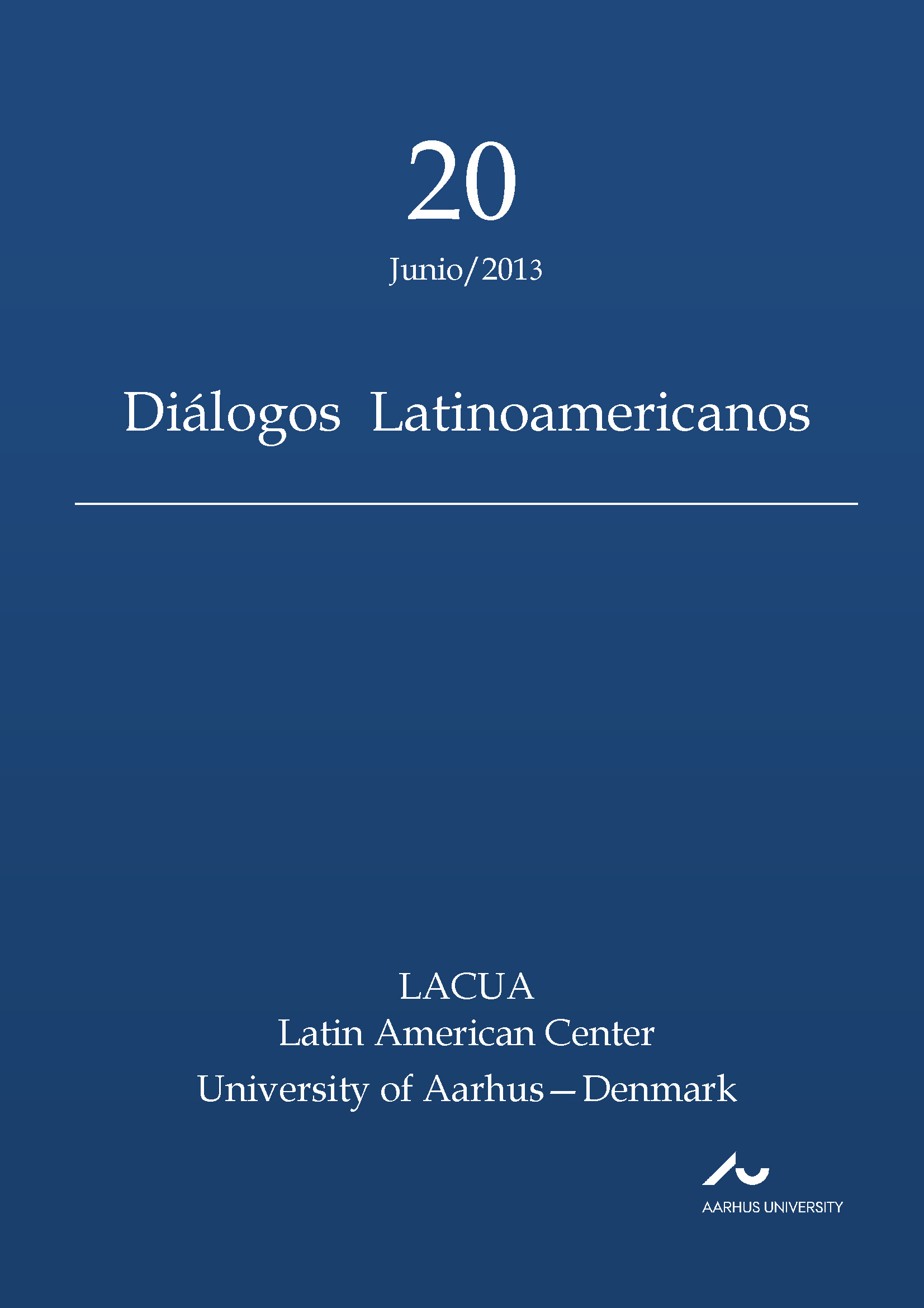Tauromaquia —o ese extraño placer de la visualización de la muerte—
DOI:
https://doi.org/10.7146/dl.v14i20.113267Keywords:
Bullfighting, origin, myths, semes, power, psychoanalisisAbstract
The present article focuses on the practice of bullfighting and the significant
thickness that goes beyond the simple act of the modern spectacle. It is an
attempt to archaeological and semiotic reading of this practice, seen as a
fossilized ritual of other older practices and meanings that drags on their way
through the successive civilizations that have given its origin. The thickness of
these readings does not rule out a possibility of psychoanalytic interpretation
related with a reflection on the symbolic link between the bull and power. All
those layers of significant thickness may explain the irrational fascination
Spanish or Latin American people audience that assist and live, perhaps
unthinkingly, (read unconsciously) forgotten symbols and rituals.
References
Amat (traductor de la vulgata latina).
Caballero, Antonio (1979) “Las Spice girls del toreo”. Cambio 16,1330: 62-
64.
Campos Méndez, Israel (2004) “Elementos de continuidad entre el culto del
dios Mithra en Oriente y Occidente”. Transoxiana 8, junio. URL:
http://transoxiana.org/0108/campos-mithra.htlm
Cook, Arthur Bernard (1964-65) Zeus: A Study in ancient religion. Vol. I&II.
Biblo and Tanen (reprinted) : New York. (pp.600-601)
Douglas, Carrie B. (1977) Bulls, bullfighting and Spanish identities.
University of Arizona Press: Tucson.
—. (1984) “Toro muerto, vaca es”: An interpretation of the Spanish
Bullfight”. American Ethnologist,11(2): 242-258.
Escoda, Elena (2005) ’Los orígenes de la tauromaquia, el arte de depravarse’
Indymedia. URL: http://wwww.ideasyaccion.org/tauromaquia.htm
Greimas, Julien Algirdas (1979) Sémiotique, dictionnaire raisonné de la
théorie du langage. Hachette: Paris.
Hansen, Vibeke (2006) Barcelona antitaurina 2004. Betydninger og
implikationer. Tesina para Syddansk Universitet, Center for Spansk:
Odense.
Henderson, Joseph L. (1964) ’Les mythes primitifs et l’homme moderne’, in
C.G. Jung L’homme et ses symboles. Robert Laffont: Paris.Freud,
Sigmund (1981) Obras completas. Biblioteca Nueva: Madrid.
Jung, C.G. (1964) L’homme et ses symboles. Robert Laffont: ParisLacan, Jacques (1967) Écrits. Le Champ Freudien. Editions du Seuil: Paris.
Lévy-Strauss, Claude (1958) Anthropologie Structurale. Éditions Plon: Paris.
“Minotauro” (1958) Enciclopedia Universal Ilustrada Europeo - Americana,
Editorial Espasa-Calpe S.A Vol. XXXV Madrid: pp.715 – 716.
Monier-Williams, Monier (1899) English - Sanskrit Dictionary. Etologically
and philologically arranged with special reference to cognate indoeuropean
languages. The Clarendon Press: Oxford.
Ríos Ruiz, Manuel (1990) Aproximación a la tauromaquia. Ediciones Istmo:
Madrid.
Ruíz F., E. (2005) “El verbo binario devuelve la vida a la muerte y otorga
equilibrio a la vida”, in Baphomet. URL:
http://eruizf.com/biblioteca/martinistas/circulo_acanto_19/circulo_acanto
_19_baphomet.pdf [fecha de consulta 15.03.13]
Downloads
Published
How to Cite
Issue
Section
License
Counting from volume 31 (2022), articles published in Diálogos Latinoamericanos are licensed under CC-BY 4.0. Read more about the license terms here https://creativecommons.org/licenses/by/4.0/.
No Creative Commons license applied on volumes 1-30. All rights reserved by the authors. Readers may download, read, and link to the articles, but they cannot republish the articles.
With the publication of volume 31 (2022), authors retain the full copyright to their articles and give Diálogos Latinoamericanos the right to the first publication. Authors also retain copyright to earlier versions of manuscripts, such as the submitted (pre-print) and the accepted manuscript (post-print).
Copyright to articles published in volumes 1-30 is held by the authors.





